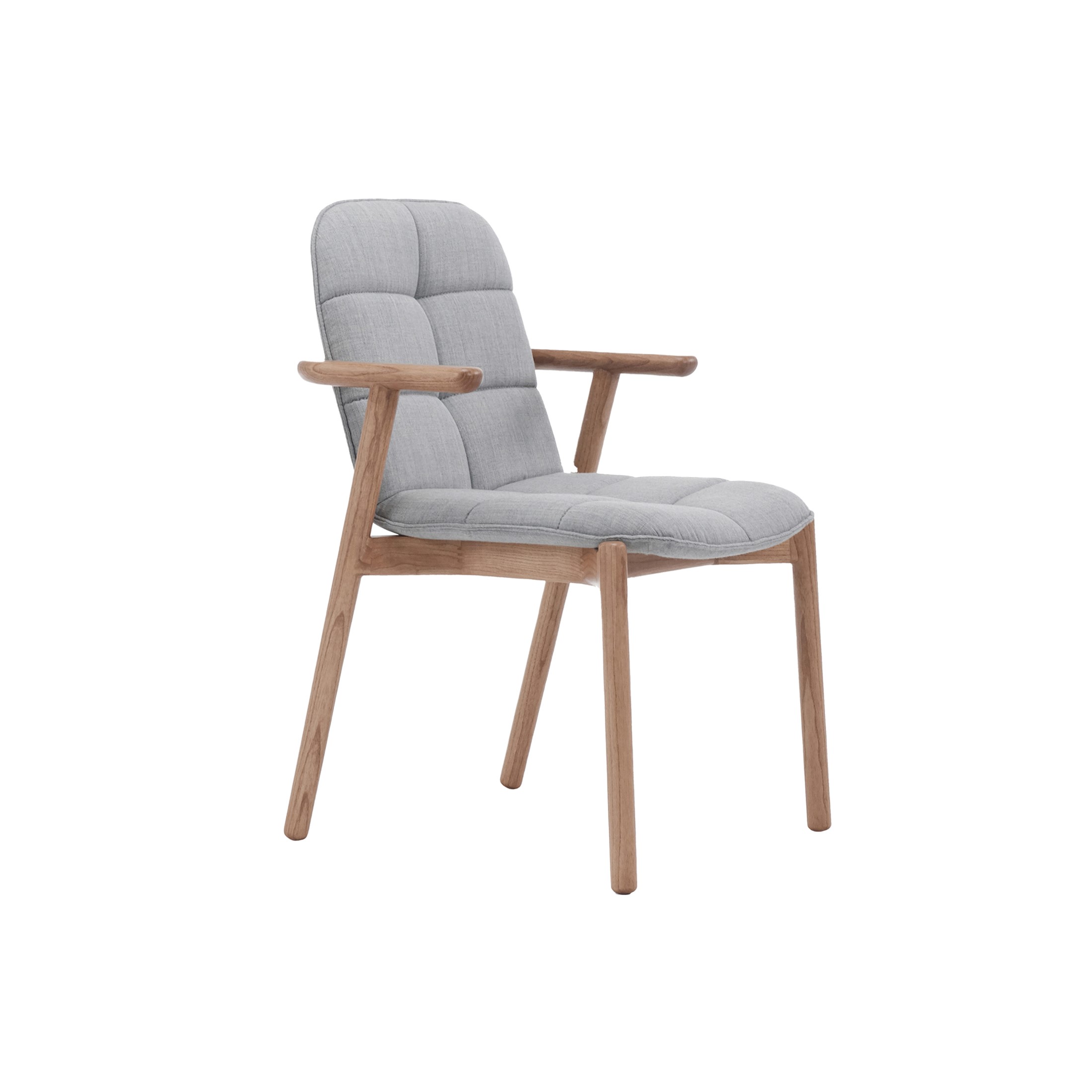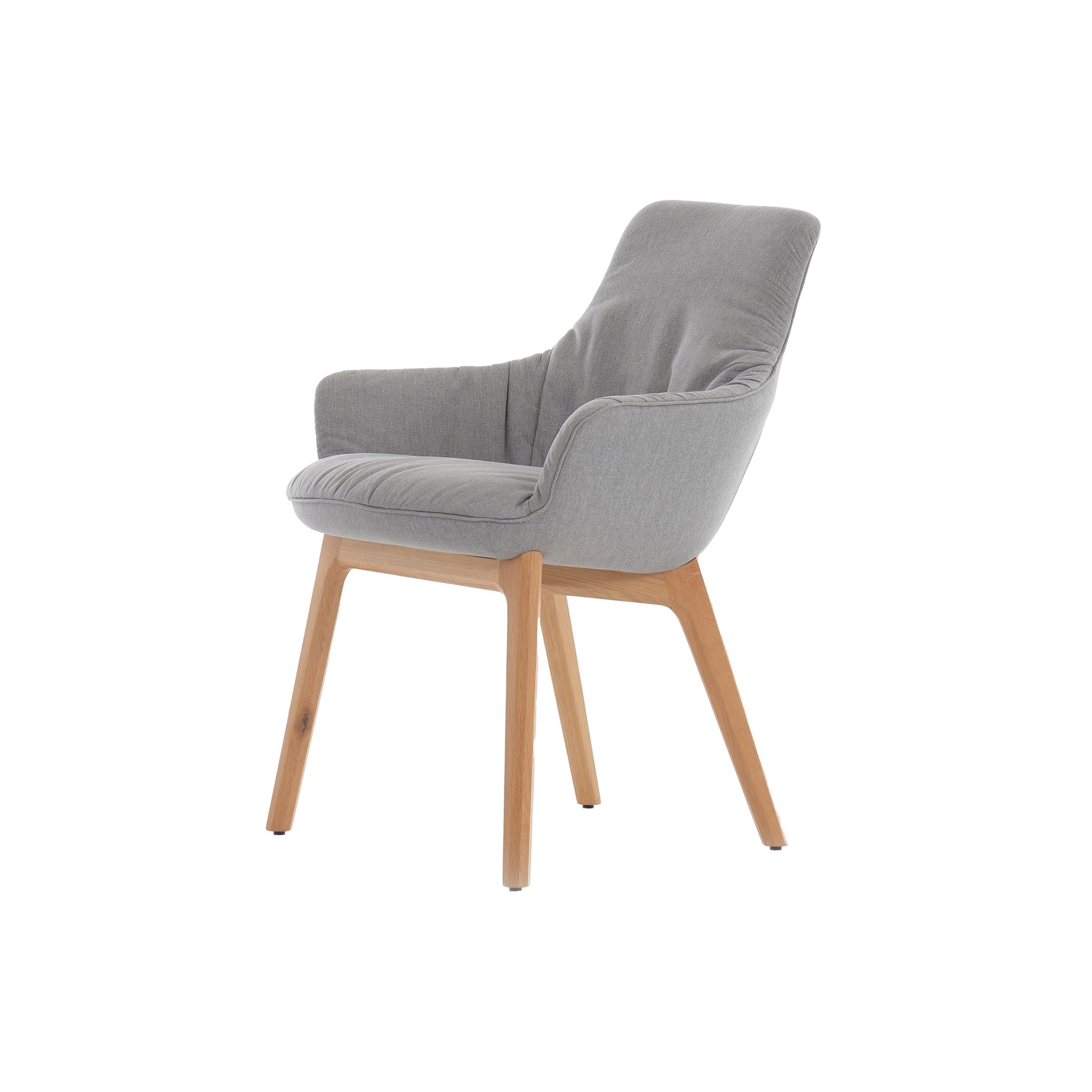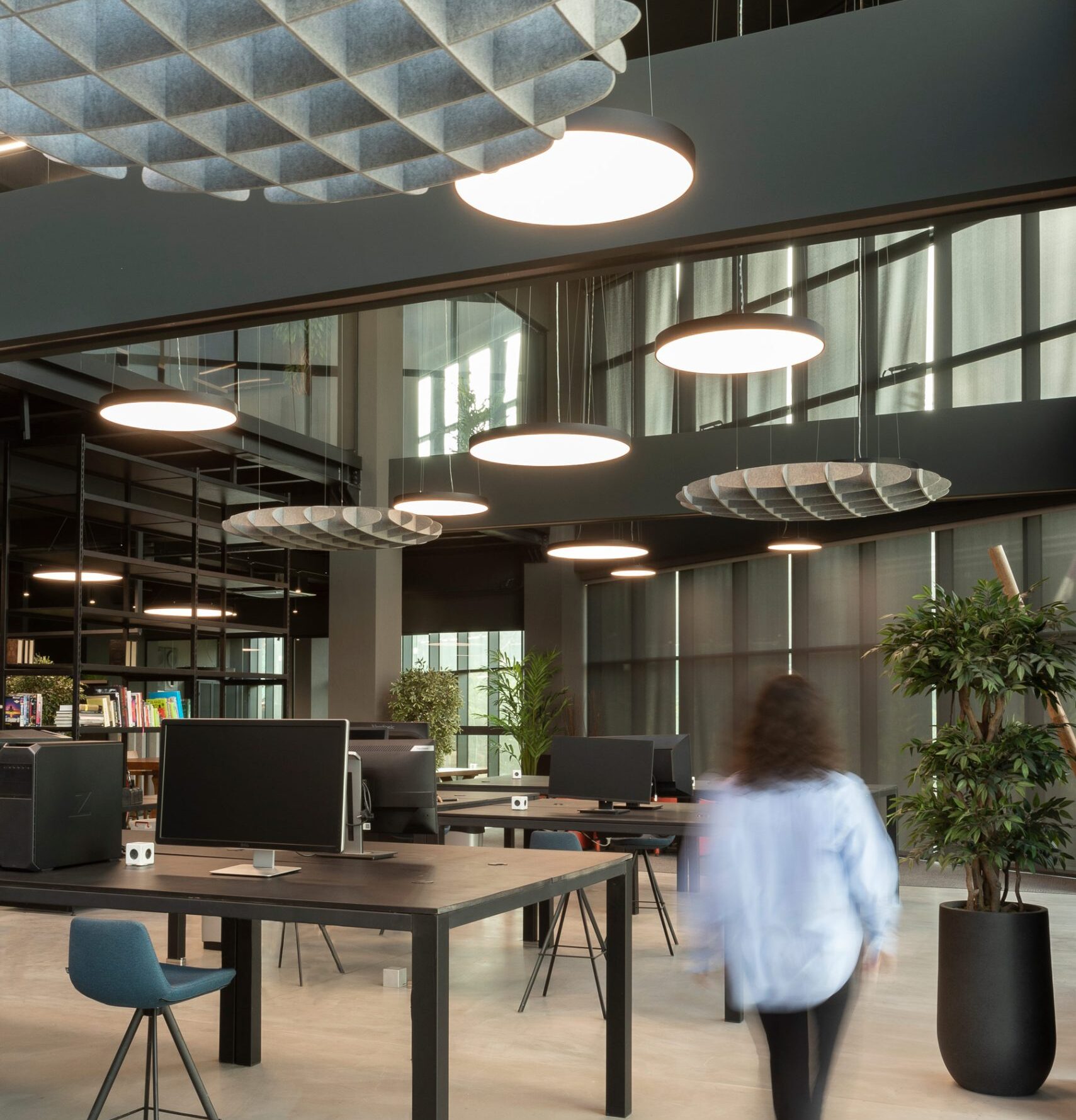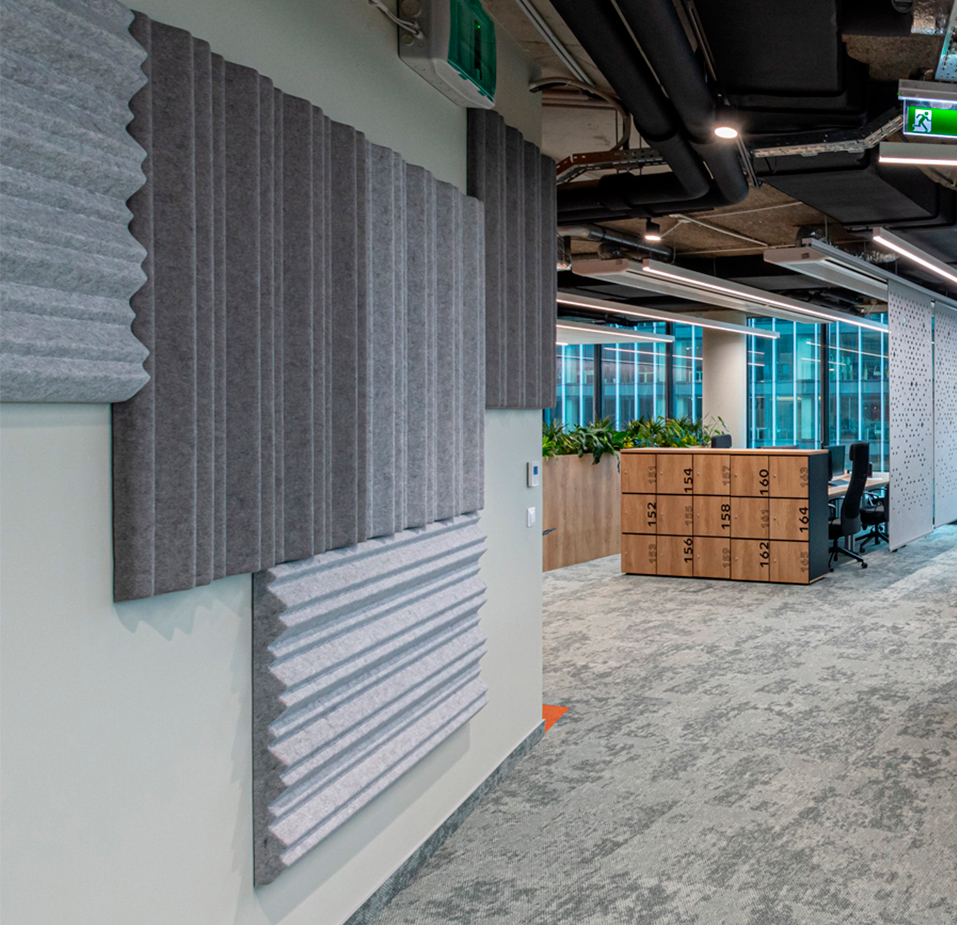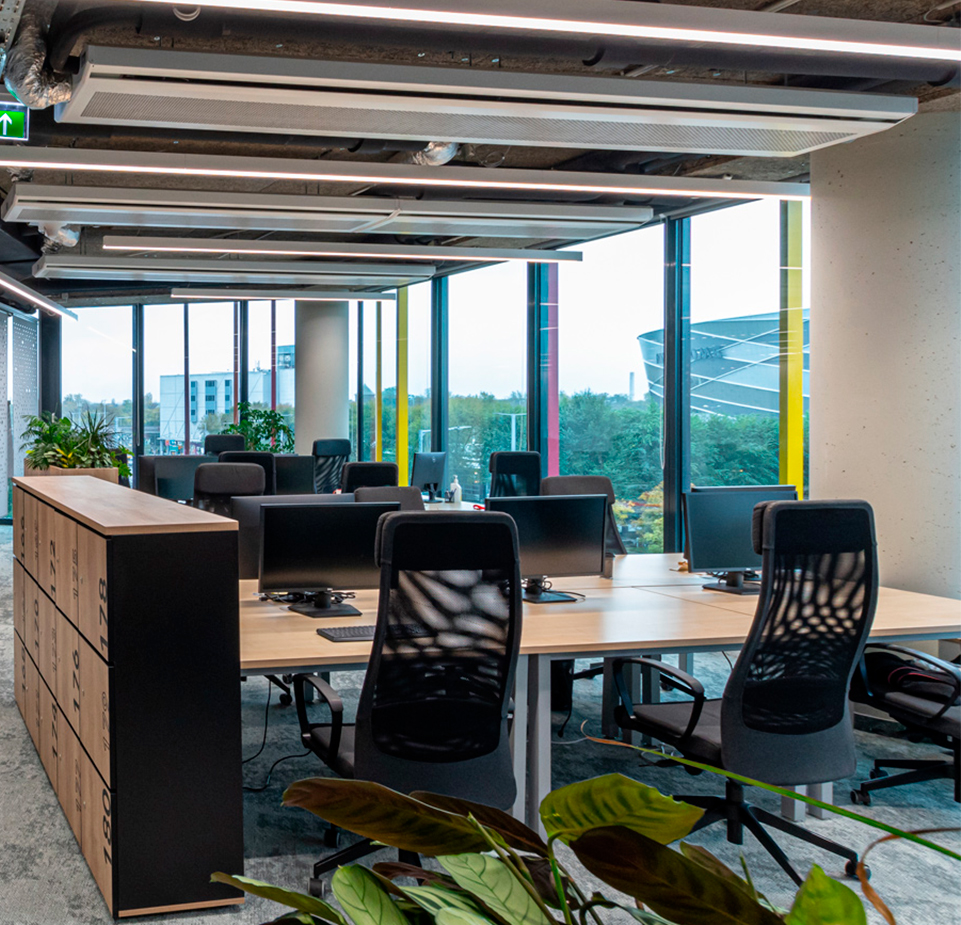-
The furniture in a space does more than provide a place to rest. It sets the tone, influences behavior, and can make or break a guest’s impression. The choice of seating, whether in a cozy café, a bustling restaurant, or a luxurious hotel lobby, can create an inviting atmosphere or leave guests uncomfortable and disengaged. Hospitality professionals understand that guest satisfaction is the key to success, and seating is integral to that equation.
-
-
-
UNDERSTANDING GUEST BEHAVIOR AND ITS INFLUENCE ON DESIGN
Guest behavior is influenced by various factors such as psychology, social dynamics, and the environment. When guests enter a space, their senses are bombarded with stimuli that shape their perceptions and influence their actions. How they interact with the furniture, the ambiance, and the overall layout can significantly impact their mood, comfort level, and overall satisfaction.
One important aspect of guest behavior is the desire for comfort and familiarity. Guests look for spaces that feel welcoming and inviting, where they can relax and unwind. Furniture plays a crucial role in this regard, as the right seating choices can create a sense of warmth and coziness, while the wrong choices can leave guests feeling uneasy and unsettled.
Another key factor is the social aspect of guest behavior. People are inherently social beings, and seating arrangements and furniture layout can influence how they interact with others. Specific seating configurations can encourage conversation and interaction, while others may inadvertently create barriers and discourage social engagement.
-
Patra
-
THE PSYCHOLOGY OF FURNITURE: HOW SEATING DESIGN AFFECTS GUEST EXPERIENCE
The furniture design profoundly impacts the guest experience, as it can influence emotions, perceptions, and behavior. Understanding the psychology behind seating design is crucial for creating spaces that resonate with guests and leave a lasting positive impression.
One essential psychological factor to consider is comfort. Comfort is not just about physical ease but also emotional and psychological well-being. Furniture that is ergonomically designed and provides proper support can alleviate physical discomfort. Still, the overall aesthetic appeal and ambiance contribute to a sense of emotional comfort and relaxation.
-
The choice of materials, textures, and colors can also significantly shape the guest experience. Soft, plush fabrics can create a sense of luxury and indulgence, while natural materials like wood or wicker can evoke feelings of warmth and familiarity. Colors, too, can influence mood and emotions, with cool tones promoting a sense of calm and warm tones, creating a cozy and inviting atmosphere.
Furniture design also has the power to influence social behavior and interaction. Seating arrangements that encourage eye contact and proximity can foster conversation and engagement, while configurations that create physical barriers or distance can inadvertently discourage social interaction.
Additionally, the scale and proportions of furniture can impact a guest’s perception of a space. Oversized or imposing pieces can create a sense of grandeur and opulence, while smaller, more intimate seating arrangements can foster a cozy and intimate ambiance.
-
Hendrix Mini
-
HUMAN-CENTERED DESIGN FOR GUEST NEED PREFERENCES IN FURNITURE SELECTION
Human-centered design has become increasingly important in creating spaces that genuinely connect with guests. This design approach prioritizes the end-users’ needs, preferences, and behaviors, ensuring that every aspect of the space, including furniture selection, is tailored to their specific requirements. Human-centered design acknowledges guests’ diverse preferences, body types, and needs, recognizing that what is comfortable for one person may not be suitable for another.
Ergonomics is a crucial aspect of human-centered design. Seating options designed with proper ergonomic principles can significantly improve comfort and reduce the risk of physical strain or discomfort. This may involve adjustable features, such as lumbar support or seat height, to accommodate different body types and preferences.
-
-
Astro
-
Accessibility is another important consideration. Hospitality spaces should be inclusive and welcoming to all guests, including those with disabilities or mobility challenges. Accessible seating options, such as chairs with armrests or higher seat heights, can ensure everyone can enjoy the space comfortably and with dignity.
Furthermore, human-centered design considers guests’ diverse cultural backgrounds and preferences. Seating choices that align with cultural norms and traditions can create a sense of familiarity and inclusivity, making guests feel more at ease and welcome.
-
-
FURNITURE LAYOUT STRATEGIES FOR OPTIMIZING GUEST ENGAGEMENT
The layout and arrangement of furniture in a hospitality space can significantly impact guest engagement and social interaction. One effective strategy is to create intimate seating clusters or nooks. These cozy and inviting spaces encourage guests to gather and engage in conversation, creating a sense of intimacy and connection. By arranging seating in a circular or semicircular pattern, designers can promote eye contact and facilitate accessible communication among guests.
Alternatively, larger open seating areas can be designed to encourage mingling and social interaction. By strategically placing seating options that allow for natural traffic flow and movement, guests are more likely to engage with one another and strike up conversations.
-
Using flexible and modular furniture can also contribute to optimizing guest engagement. Movable seating options allow guests to reconfigure the space to suit their needs, whether they prefer more intimate settings or extensive group arrangements. This adaptability caters to diverse preferences and encourages guests to engage with the space and shape their experiences actively.
In addition to seating arrangements, incorporating communal tables or shared workspaces can foster collaboration and a sense of community. These shared spaces encourage guests to interact, exchange ideas, and build connections, creating a vibrant and dynamic atmosphere.
-
-
HARNESSING THE POWER OF SEATING FOR A MEMORABLE GUEST EXPERIENCE
In the world of hospitality, seating plays a crucial role. It sets the tone, influences behavior, and shapes the overall experience for guests. By understanding guest behavior and prioritizing comfort and inclusivity, businesses can create welcoming spaces that differentiate themselves and foster brand loyalty. Seating will continue to be crucial in shaping guest experiences as the hospitality industry evolves.



